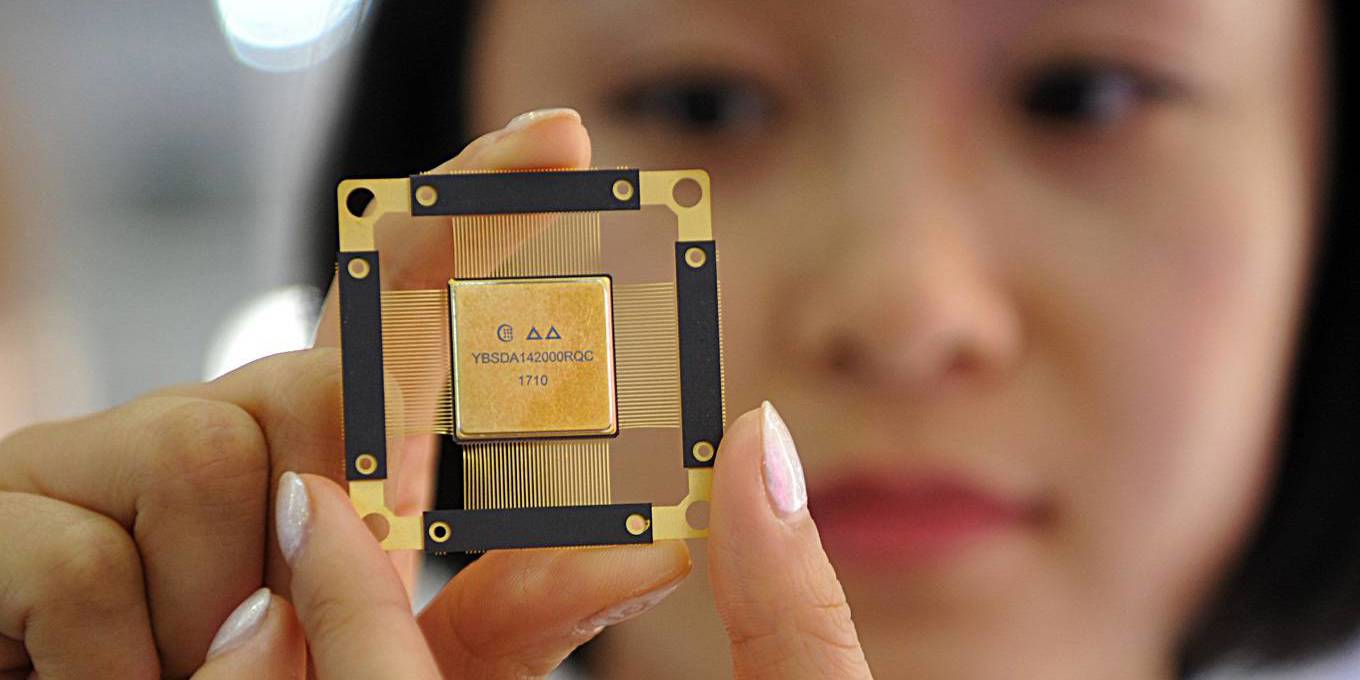Is China’s Innovation Strategy An Unfair Trade Policy?
Shang-Jin Wei

NEW YORK – In his statement announcing a second round of punitive tariffs on imports from China, US President Donald Trump singled out the Chinese government’s “Made in China 2025” plan as a threat to US economic growth and a clear example of “unfair” trade practices. Is there any merit to Trump’s claim? And, equally important, is the plan good for China and the world?
Made in China 2025 is a strategic directive issued by the Chinese government in 2015 to upgrade the country’s economic structure and growth model over the next decade. The plan comprises five key priorities.
The first priority is to promote and accelerate innovation, indicating that Chinese leaders understand that the previous growth model, with its reliance on cheap labor, has now run out of steam. The second priority is improving the quality of products and services. The third and fourth priorities are to boost “green” or environmentally sustainable production techniques and renewable energy, and to promote the structural transformation of industries and firms. And the final priority is investment in human capital and talent development.
The Chinese view these goals as both desirable and necessary. For starters, rapid growth and labor shortages (owing to an unfavorable demographic transition) have caused wages in China to rise substantially, far exceeding those of other developing countries such as Bangladesh, India, and Vietnam. For China to become a high-income country, it must switch to an economic model that emphasizes innovation, productivity growth, and environmentally-friendly production and consumption.
Second, Chinese firms increasingly face barriers to investing in the US technology sector and to purchasing high-tech components from US and European producers. This has led many in China to believe that unless it creates its own high-tech firms and supply chains, it will have no path to high-income status.
In both the US and China, policymakers have become increasingly mindful of what Graham Allison of Harvard University has called the “Thucydides trap,” which suggests that when a rising power like China meets a hegemon such as the US, military conflict is hard to avoid. Against that backdrop, many Chinese have come to interpret US accusations of “unfair trade practices” as an excuse for the US to do what it was going to do anyway: block or otherwise forestall China’s rise to global economic predominance.
To be sure, Made in China 2025 is essentially an industrial policy. But industrial policies are not necessarily “unfair” or incompatible with World Trade Organization rules. In fact, the very concept of state-guided development was practically invented by the US over 200 years ago, when Alexander Hamilton, the country’s first Treasury secretary, called for more government support of manufacturing, through tariffs and other policies. Since then, US governments have channeled massive subsidies through the treasury, defense, and energy departments, as well as the National Science Foundation and other institutions, to fund innovation. The German government’s Industry 4.0 Strategy is a direct inspiration for the Chinese plan.
The Chinese government’s 2015 directive stated that the first “basic principle” of Made in China 2025 is “for the market to lead and the government to guide.” It also stipulated that the market should play a decisive role in resource allocation, and that the government must “actively reform its role (from direct intervention) to strategic research and guidance, perfecting supportive policies, and creating a favorable business environment for firms.” There is no explicit mention of governmental discrimination based on firms’ nationality, nor is there any language about forcing foreign companies to transfer technology to Chinese firms. What matters is how the policy is implemented on the ground.
The plan calls for the development of a number of high-tech sectors that are deemed to be important for future growth, and established a range of numerical targets for 2015, 2020, and 2025. These benchmarks include research and development expenditures as a share of revenue, the number of patents registered, broadband coverage ratios, automation diffusion rates, reductions in energy intensity and CO2 emissions, and so forth.
The history of such economic directives in China suggests that the authorities often miss the mark on many of these targets. In fact, my own research shows that the Chinese government’s industrial subsidy policies are not particularly efficient. If the government were to intervene less and allow domestic private firms to compete on an equal footing with both state-owned enterprises (SOEs) and foreign-invested firms, innovation would actually accelerate. On the other hand, if the government insists on being very active, the pace of economic catch-up with the US will likely be slower.
In principle, well-designed industrial policies can correct certain market failures and help countries achieve higher efficiency and more equitable social outcomes, which is why the WTO does not prohibit them. But the WTO does prohibit differential treatments for domestic and foreign-owned firms. As long as Made in China 2025 supports certain sectors regardless of participating firms’ nationalities, it can be compatible with WTO rules. Whether that is efficient or not is a separate matter.
If China suspects that other countries are pursuing a containment strategy to impede its technological development, then its resolve to follow through with Made in China 2025 will strengthen. Moreover, the government will be more inclined to favor firms over which it has greater leverage, such as SOEs. The result will be less efficient outcomes and less innovation for both China and the world.
Shang-Jin Wei, a former chief economist of the Asian Development Bank, is Professor of Finance and Economics at Columbia University.
0 comments:
Publicar un comentario